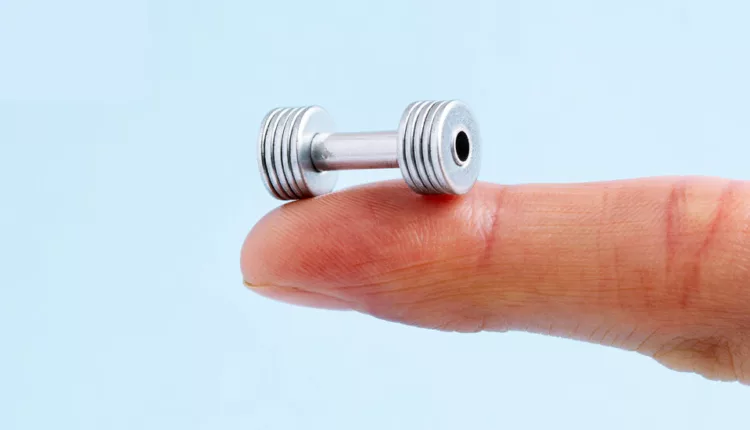
Unlock the Real Benefits of a 5-Minute Workout
The Appeal of Micro-Workouts
Many people want to achieve their fitness goals as quickly as possible. For this reason, the appeal of micro-workouts, which promise fitness results in less than five minutes a day, is undeniable. Despite seeming too good to be true, recent studies suggest these quick workouts can indeed improve fitness, prevent diseases, and extend lifespan.
Micro-workouts, also known as exercise snacks, typically consist of 20-second rounds of stair-climbing, four-second sprints on an exercise bike, or two minutes of dashing to catch the bus. These brief bursts of activity fit more easily into your schedule compared to the recommended 150 minutes of moderate exercise per week.
Micro-Workouts and HIIT: What’s the Connection?
The concept of micro-workouts builds on two decades of research into HIIT (High-Intensity Interval Training). HIIT involves nearly all-out efforts for 20 to 60 seconds, followed by short rests, and repeated multiple times. Some studies suggest that HIIT workouts provide many of the same benefits as steady, moderate-intensity exercise, but in less time.
Micro-Workouts: An Effective Fitness Strategy?
Research suggests that these brief bursts of intense activity scattered throughout the day might still have health benefits, even with hours of rest in between. One study, for example, found that young adults who sprinted up three flights of stairs three times a day, three days a week, improved their aerobic fitness by five percent after six weeks. This improvement is roughly equivalent to what you’d expect from 30 minutes of brisk walking three times per week.
Another study found that as little as one to two minutes of vigorous movement three times a day was associated with a roughly 40% lower risk of dying. However, these results don’t definitively prove causation, and the benefits are still less robust than with traditional exercise guidelines.
Scepticism Surrounding Micro-Workouts
Some scientists question the effectiveness of micro-workouts. Dr. Philip Skiba, an exercise physiologist, argues that while intense efforts stimulate muscles more than moderate workouts, bursts as short as 20 seconds are unlikely to lead to significant health improvements. Even the benefits of HIIT might be inflated, according to Panteleimon Ekkekakis, a professor of exercise psychology at Michigan State University.
Importantly, micro-workouts may not actually motivate people to exercise more, as time restraints aren’t actually the biggest barrier to exercise. Instead, the biggest barrier is often that many people simply don’t enjoy it, especially when starting out. Intense workouts can often be more unpleasant than moderate ones.
The Verdict on Micro-Workouts
Intense bursts of effort for five minutes or less, one or more times per day, probably do provide some benefit, especially if you don’t have any other time to exercise or if you spend long periods sitting. More research is needed to determine the optimal “dose” of these mini workouts to produce meaningful changes in health.
However, the health benefits of around 150 minutes of moderate activity, or 75 minutes of vigorous movement, per week are more clearly demonstrated by decades of studies and many thousands of participants. Thus, it’s not advisable to replace a regular exercise routine with micro-workouts.
—
Read More Health & Wellness News; US Lifestyle News
